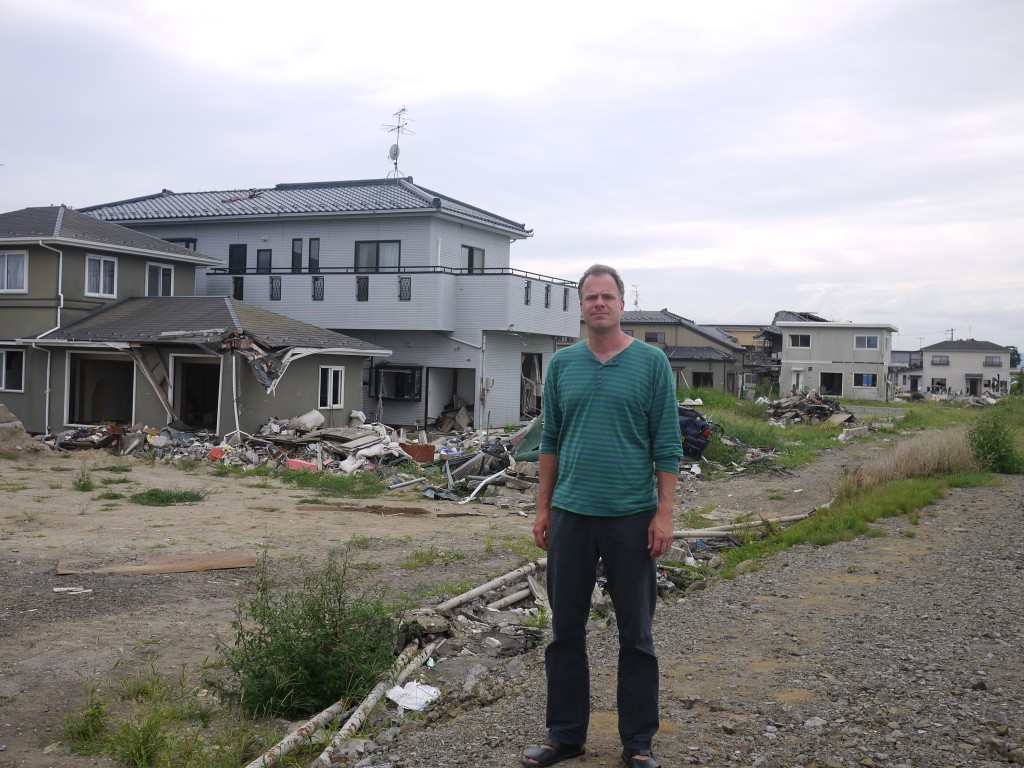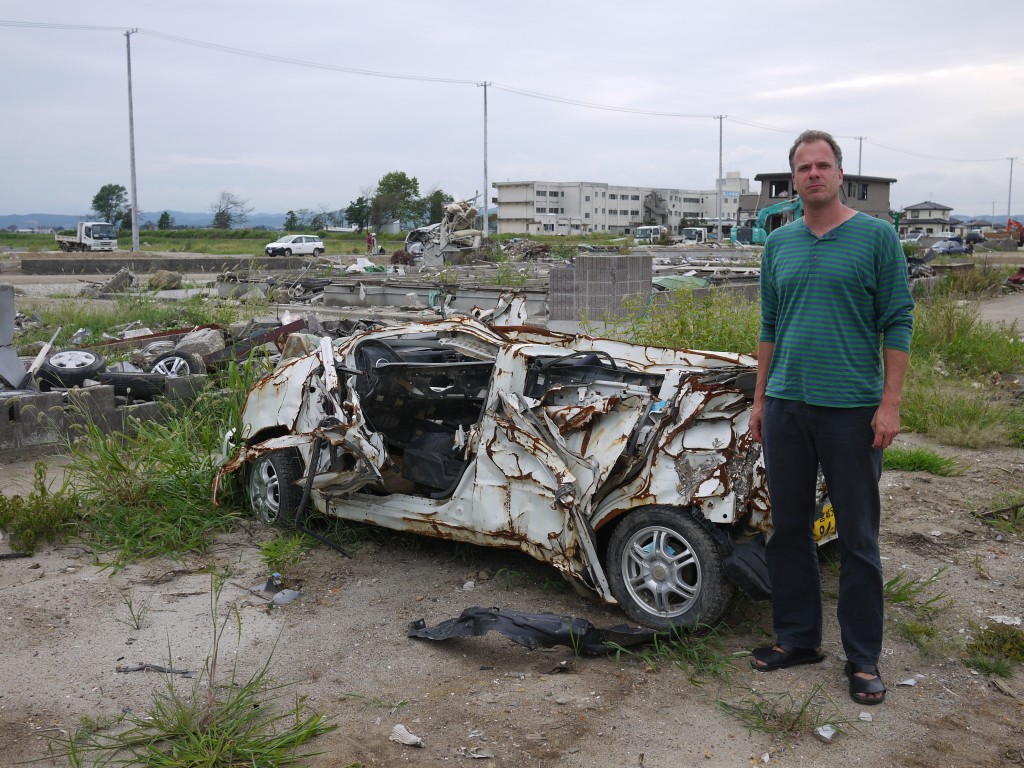My colleague from UBC’s Geography Department, David Edgington, has put together a terrific workshop with funding from the Japan Foundation to discuss lessons from the aftermath of the triple disaster of the Great East Japan Earthquake, tsunami, and nuclear crisis.
Presentations on March 15
Keynote
Hirokazu Tatano, Disaster Prevention Research Institute, Kyoto University: “The Great Eastern Japan Earthquake and Tsunami: Implications for Infrastructure Planning and Management”
Panel 2
Theme: Learning from Earthquakes and Tsunamis in Japan and North America
Hirokazu Tatano, Disaster Prevention Research Institute, Kyoto University “The Japanese Emergency Management System”
John Oakley, Snr. Regional Manager, Emergency Management, BC “The British Columbia Emergency Management System”
Moderator: Ilan Vertinsky, IAR and Sauder Business School, UBC.
Panel 3
Theme: Community Reconstruction after Disasters
Masahige Motoe, Architecture and Urban Design Course, Tohoku University “Housing Transitions after the Japan Quake and the Activities of Architects – ArchiAid ”
Julian Dierkes, Director, Centre for Japanese Research, IAR, UBC “Small and Medium Education Businesses in the Economic Recovery of Tohoku”
Moderator: Chihiro Shimizu, International School of Economics and Business Administration, Reitaku Univeristy; Advisor to the Ministry of Land, Infrastructure, Transport and Tourism, Japan.
Panel 4
Theme: Film: Social Media and Disasters
Jamie Williams, School of Journalism, UBC “The Evolving Role of Social Media in Emergency Management”
Peter Anderson, School of Communications, Simon Fraser University “The Evolving Role of Social Media in Emergency Management”
Moderator: David Rummel, Visiting Professor at the School of Journalism, UBC; Senior Producer for News and Documentary at the New York Times.
Presentations on March 16
Panel 5
Theme: Economic Reconstruction after Disasters
Stephanie Chang, School of Community and Regional Planning, UBC “Economic Impacts and Recovery in the Great East Japan Earthquake Disaster”
Glen Magel, Director, Safety and Security, BCIT; Board Chair, Emergency Preparedness for Industry and Commerce Council “EPIC: The Emergency Preparedness for Industry and Commerce Council”
Moderator: David W. Edgington, Geography, UBC
Panel 6
Theme: Universities and Cities in Disasters
Masahige Motoe, Architecture and Urban Design Course, Tohoku University “The Reconstruction Process at the Tohoku University Campus”
Ron Holton, Chief Risk Officer, Risk Management Services, UBC “Enhancing Disaster Response Preparedness at UBC”
Moderator: Kevin Wallinger, Director, Office of Emergency Management, City of Vancouver



